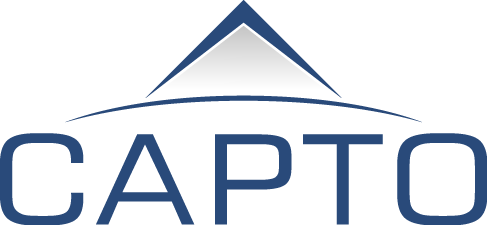It’s Time for a 2017 Mid-Year Strategic Plan Execution Check-Up
Disruption. Transformation. Talent shortage. These are all continuously moving factors impacting business strategies. If you are only asking “How are we doing against what we said we wanted to do?”, it’s likely your organization lacks the agility needed to address the fast-changing behaviors of your customer and the marketplace. If you’re only looking at the speedometer and not the horizon you risk driving significantly off course.
Too often, Capto sees our enterprise clients across healthcare, telecom, media and entertainment (TME) charging after projects agreed to at the beginning of the year, but fail to adjust to market or customer changes. One key tool Capto leverages for our clients is a mid-year strategic plan review. We have used this to improve our clients’ ability to meet revenue goals, maintain or find new ways to increase competitive advantage and ensure alignment with other business units and overall corporate strategy.
Mid-Year Considerations
It’s important to take the time to thoroughly review the strategy against current and future risks and opportunities. Our work in the fast-paced M&A field heavily influences our SYNAPTIC strategy model, which considers both the executable strategic plan in place and future factors to help companies make faster decisions and course corrections when needed.
We recommend reviewing and evaluate existing and future strategy across several dimensions:
Landscape – Where will the company or department be active?
Vehicles – How will goals be reached?
Differentiators – How will the company or department win and standout from the competition?
Roadmap – What will be the sequence of events?
Economics – What are the level of returns and how will they be obtained?
Questions to Accelerate Implementation of Your Strategy
We helped one of our telecom clients review and update their SMB market strategy where there was a tremendous growth opportunity. The complexity of execution strategies can in no way be boiled down completely by blog post, but here are some of the questions considered as the entered the second half of their year.
1. Landscape
Is your strategy performing as expected? If not, what needs to change?
Is value being created as expected?
Is the channel right or does funding need to be moved for better reach, lift and velocity?
2. Vehicles
If your execution is lagging, is there a partnership, joint venture or internal change that can expedite results?
Does your workforce need re-alignment or shift in focus to execute effectively or to become more nimble?
Does your leadership need support to think differently and operate a higher velocity?
3. Differentiators
Are you able to access and use data and advanced analytics to understand your image, price, styling, product or service factors impacting every part of your business from marketing to sales to operations?
Are you delivering on identified differentiators - speed, quality, one-call customer support, easier billing, increased transparency, etc.?
4. Economics
Are you able to apply price premiums due to unmatched services or features?
Are you able to increase margin through improved direct customer-first experiences?
Is IT spending by area aligned properly? Can dollars be saved and moved to higher return investments?
Is the right talent in place for the right project? Are you sacrificing strategic initiatives on a misguided belief it must be done in-house? Could an outcomes-based sourcing program be implemented to accelerate strategic efforts and free key talent from undifferentiated operations?
5. Roadmap
Is your project portfolio properly sequenced and operating at the correct velocity?
Is the PMO working to ensure that the projects that are being executed are the ones that will drive the strategy?
Sounds like common sense, right? But when was the last time your organization conducted a mid-year strategy review?
A Call to Action
Don’t be afraid abandon projects that don’t move the needle for the business, prioritize existing or new projects that do.
Too often strategy is set and teams charge off to do their part. Collaboration happens at the project level (hopefully), but too often we see this heads-down approach stifling higher-level and on-going strategic check-ins.
We also encourage looking outside the organization to help predict and understand trends to create an informed strategy for the future. We leverage cross-industry knowledge and learnings to help our clients succeed. For example, there was tremendous opportunity in healthcare for our telecom client targeting SMB growth. Bringing our insights from the healthcare industry helped us move our client forward quickly.
Planning and reevaluating strategy on a more frequent basis will serve the organization well into the future. It facilitates the nimbleness needed to meet the demands of the company and, most importantly, customers.

